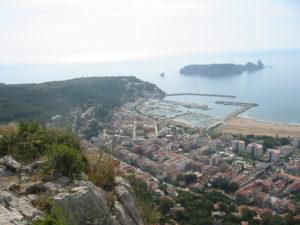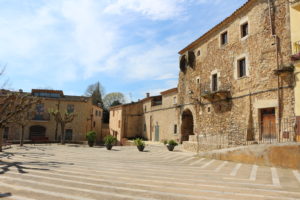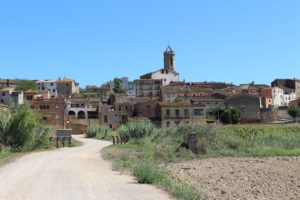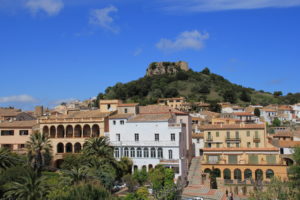Cruïlles (Cruïlles, Monells i Sant Sadurní de l’Heura)
-
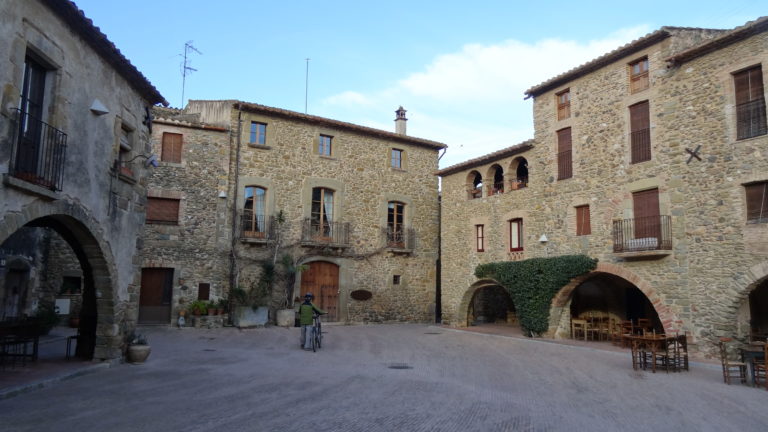
This municipality, one of the largest in Catalonia in surface area, with almost 1,300 inhabitants, is made up of the three nuclei that give it its name plus a number of small villages scattered around its territory.
Cruïlles conserves a cylindrical Romanesque tower as the last vestige of its castle: curiously, it is crowned by an olive tree. The profile of the nucleus is also dominated by the belltower of the parish church of Santa Eulàlia. A special mention should be made of the Romanesque-style Benedictine monastery of Sant Miquel de Cruïlles, of great cultural and patrimonial interest.
The nucleus of Sant Sadurní de l’Heura is formed by a series of long, narrow streets. The church is documented from the 11th C., but the present building is from the 18th. Nothing remains of the old castle, although the old square Romanesque belltower of the church probably formed part of its defences. A few kilometres from the village stands the small Romanesque chapel of Sant Joan de Salelles.
Monells is an authentic medieval treasure and is a must-see in the region.
The Rissec stream divides the village of Monells into two neighbourhoods, named after the castle and the stream. The Castell district is a small urban nucleus focussed on the Main Square, which is largely porticoed. Little remains of the castle that used to stand on top of the hill, but there are very evident vestiges of the walls. In the Riera neighbourhood stands the Gothic parish church of Sant Genís.
The municipality also includes interesting old villages situated in the Gavarres hills, such as Santa Pellaia, Sant Cebrià dels Alls, Sant Cebrià de Lledó (els Metges), which it is recommended to visit by way of the signposted hiking routes.
-
Dades de contacte:
Ajuntament de Cruïlles, Monells i Sant Sadurní de l’Heura
Plaça de la Font, 1
17118 Sant Sadurní de l’Heura
T. +34 972 64 05 73
COMPARTEIX A LES XARXES SOCIALS:





